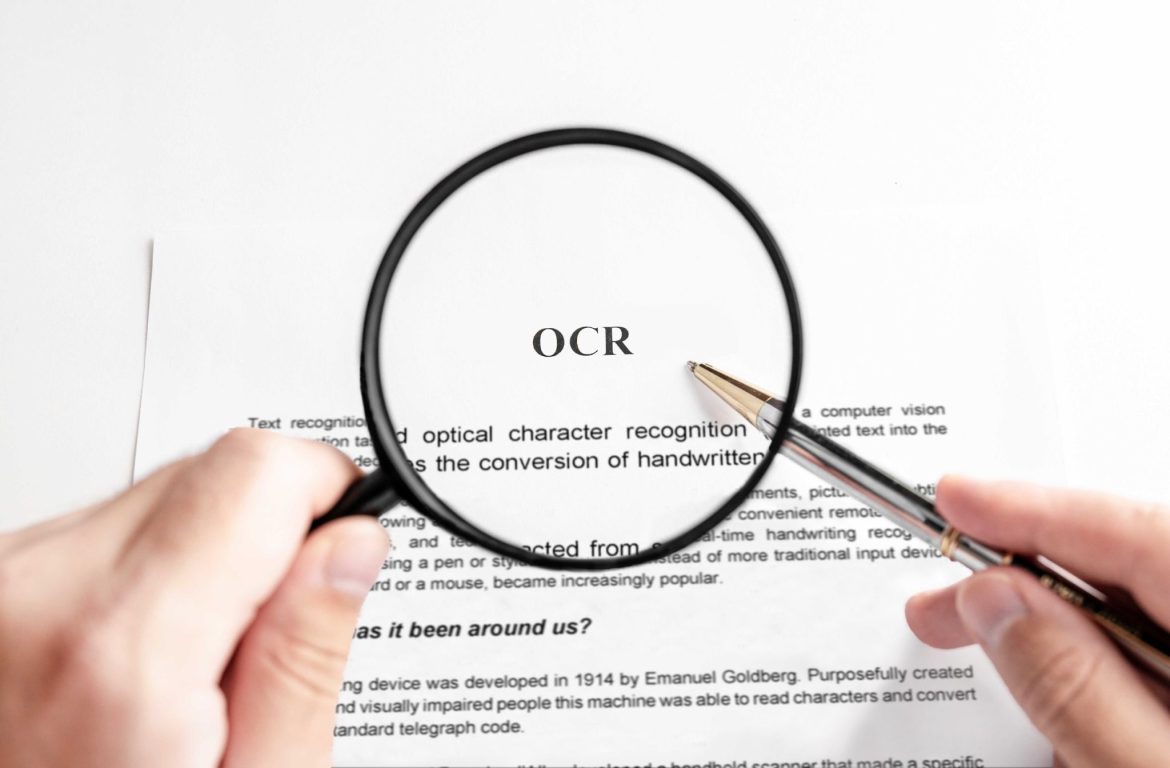In a world where information is primarily conveyed through written text, the visually impaired face significant challenges in accessing printed content. Optical Character Recognition (OCR) technology has emerged as a transformative solution, bridging the gap between printed materials and the visually impaired. This article explores OCR solutions tailored for visually impaired users, their benefits, and the advancements that continue to enhance accessibility and independence for this community.
Understanding the Visual Impairment Challenge
Visual impairment can range from mild to profound, affecting individuals’ ability to read printed materials. Braille has traditionally been the primary means of accessing written content for the blind, but it’s not always readily available, and learning Braille can be time-consuming. This is where OCR technology steps in.
How OCR Works for Visually Impaired Users
1. Scanning and Text Recognition OCR begins with scanning printed text using specialized devices or smartphone apps. These devices capture the text and convert it into digital images.
2. Text Extraction OCR software processes the digital images, recognizing the text characters through pattern recognition algorithms. The recognized text is then converted into machine-readable formats.
3. Text-to-Speech (TTS) Conversion The most crucial aspect of OCR for visually impaired users is the conversion of recognized text into speech. TTS technology ensures that users can listen to the content in a natural voice through headphones or speakers.
4. Screen Readers and Braille Displays OCR-generated audio can be played through screen reader software, which reads aloud the entire document or specific sections. Additionally, Braille displays can provide tactile feedback for those who prefer Braille.
Advantages of OCR Solutions for Visually Impaired Users
1. Accessibility to Printed Materials OCR technology significantly expands visually impaired individuals’ access to printed materials, including books, magazines, newspapers, and documents.
2. Independence OCR-equipped devices and software empower users to access and read printed content independently, reducing the need for assistance.
3. Multilingual Support OCR solutions can recognize and convert text in multiple languages, making them accessible to users worldwide.
4. Quick Information Retrieval Visually impaired users can quickly search for specific information within documents, increasing efficiency and productivity.
5. Integration with Assistive Technologies OCR seamlessly integrates with other assistive technologies like screen readers, offering a comprehensive solution for visually impaired users.
OCR Solutions for Different Needs
1. Mobile OCR Apps There are numerous mobile OCR apps available for smartphones and tablets. These apps allow users to capture printed text using their device’s camera and then listen to the content.
2. Dedicated OCR Devices Specialized OCR devices are designed explicitly for visually impaired users. They often come equipped with tactile buttons and high-quality TTS systems.
3. Desktop OCR Software Desktop OCR software applications are versatile tools that can be used on personal computers. They are capable of handling various file formats and offer advanced text recognition capabilities.
Challenges and Future Developments
While OCR has significantly improved accessibility for visually impaired users, challenges persist:
1. Accuracy and Formatting OCR may encounter challenges with complex layouts, handwritten text, and non-standard fonts. Ensuring accurate recognition and preserving formatting remains an ongoing goal.
2. Cost Specialized OCR devices can be expensive, limiting accessibility for some users. Efforts are being made to develop more affordable solutions.
3. Language Support Expanding OCR support for lesser-known languages and dialects is essential to ensure accessibility for diverse communities.
4. Continuous Improvement Ongoing research and development are crucial to enhancing OCR’s accuracy, speed, and compatibility with evolving technology.
Conclusion
OCR solutions have revolutionized accessibility for visually impaired individuals by providing a bridge to printed materials in the digital age. These solutions offer a lifeline to independence and information access, empowering individuals with visual impairments to pursue education, careers, and personal interests. As technology continues to advance, we can expect OCR solutions to become even more accurate, versatile, and widely accessible, further enriching the lives of visually impaired users and promoting inclusivity in our society.

